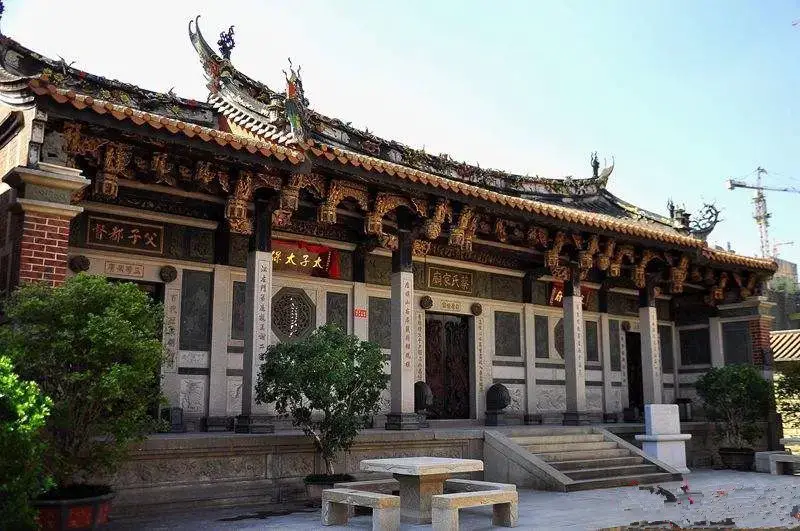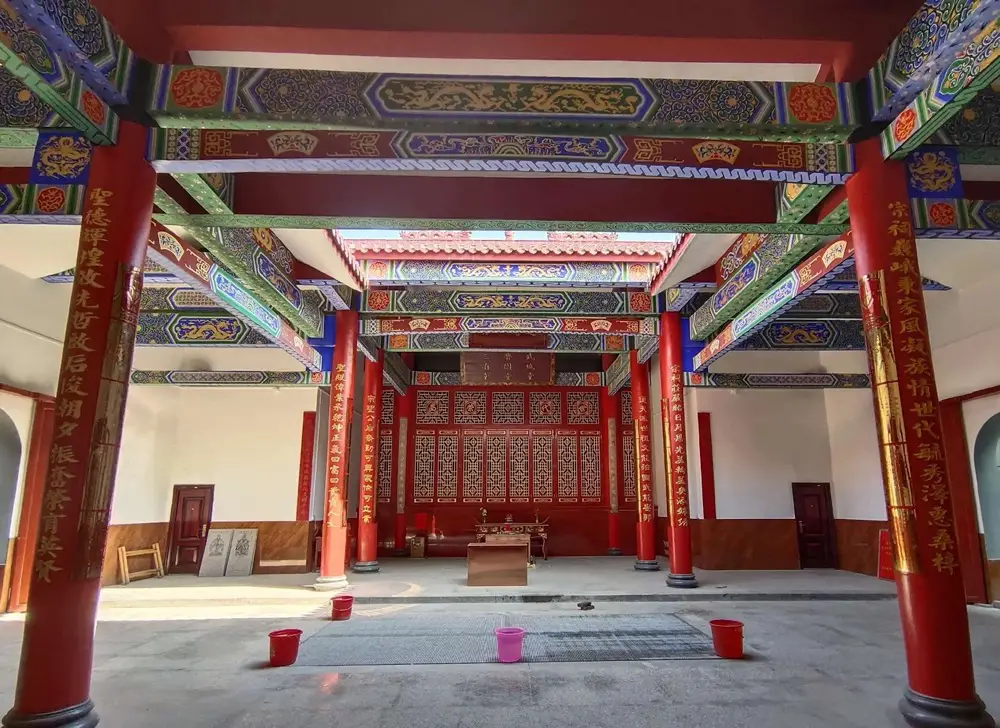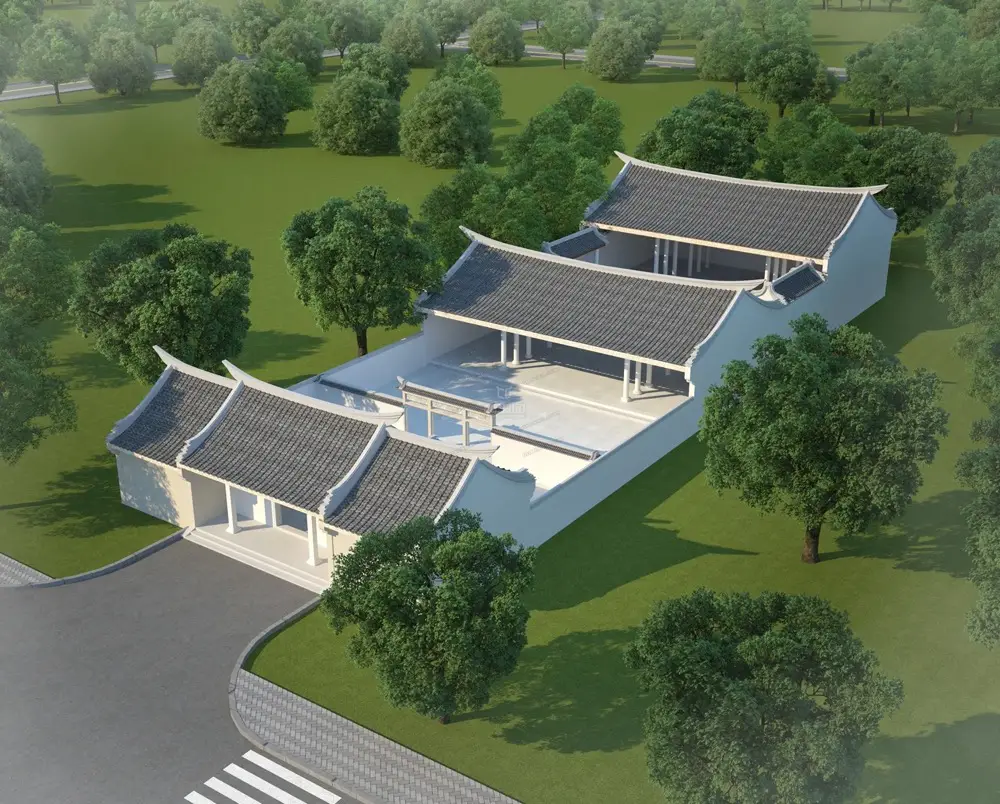The majority of Chinese families believe in traditions that honor their ancestors. In many households, you will find shrines set up for that family’s ancestors. The family gathers regularly to perform rituals to honor their ancestors and to receive blessings and guidance for their lives. This article aims to bring knowledge and understanding of the origin of ancestral shrines and how it is done.
Ancestral shrine concept

Ancestral worship is a religious practice based on the belief that those who have passed on to the afterlife, otherwise known as ancestors, have a continued existence. Those who practice it believe that their deceased family member’s ancestors will look after their families, take an interest in what is happening in the present world, and can influence the fortune of the living.
Due to this, the living family offers veneration to their ancestors such as food and gifts. The concept of ancestral worship is based on the living performing their filial duties to their ancestors, instead of asking for favors. The living offer veneration as a way of ensuring their ancestors is taken care of in the afterlife.
The veneration they offer is also a way to show honor and respect to the ancestors, and for the living to gain wisdom, assistance, and guidance from the ancestors in the afterlife. It is also a way of paying the ancestors back for their noble acts.
Ancestral shrines are an important aspect of Chinese culture, as it fosters family values like unity, kinship, loyalty, filial piety, and continuity of the family lineage. This is because most worship sessions are done as a family. The living kin gets to learn about their ancestors, thus value their history and become keener in continuing with those practices in the future.
Ancestral shrine history

During the Shang dynasty which lasted from 1600 BC to 1046 BC, people worshipped deities such as the sun and moon, as well as natural forces like rain. Ancestral worship, otherwise known as veneration, began during the Zhou Dynasty (1122-256 BC). People still worshipped old gods but began to worship their ancestors as well.
Two Chinese religious traditions, namely Confucianism and Taoism had and still have an enormous influence on Chinese ancestral worship to this day.
Confucianism involves carrying out one’s duties and responsibilities appropriate to one’s place in society. Its basic aim is to live in harmony with the Way of heaven. Some rituals and practices must be carried out in a precise way to ensure one is blessed by the ancestors. Those who face misfortune in their lives are believed to go against these rituals.
Taoism is also known as Daoism and is based on the concept of living in oneness with nature. They believe that through understanding the laws of nature, someone can gain eternal life.
Both of these traditions are based on paying deep respect to ancestors, elders, and grandparents.
Ancestral shrine how to use

Ancestral shrines are usually built within a family’s household. They can be on a table, an altar, a shelf on the wall, or even a room, depending on the financial ability of the family. They usually have a stone tablet with the ancestor’s name and a picture of them. There will be burning incense sticks, plates with food offerings, glasses of water to quench the ancestor’s thirst, and even fresh flowers.
To use it, the family gathers to offer joss stick. Joss stick is incense and burning it symbolizes cleansing the atmosphere. They then offer food offerings on plates, glasses of water, and fresh flowers. Some shrines also contain various items that the ancestors liked when they were alive. The family does these rituals several times a year to honor their ancestors.
Conclusion
The Chinese divine culture is fascinating. They may not make sense to the outsider, but they should be honored and respected regardless.